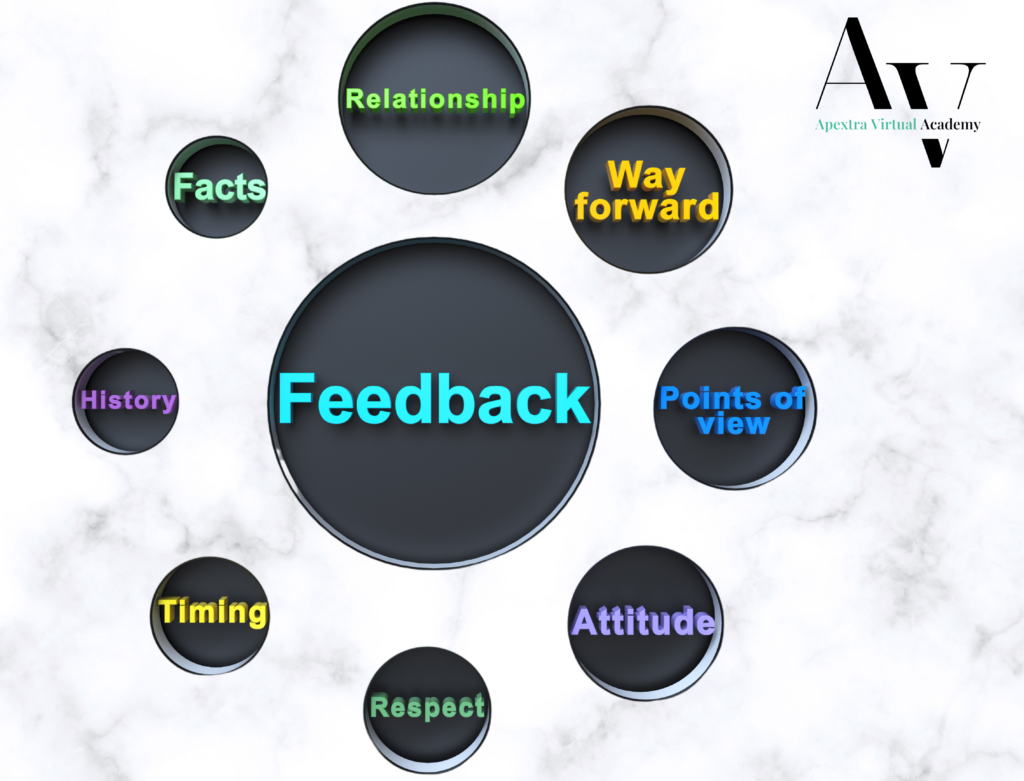
As a virtual business manager, you’re no stranger to the grind. You juggle endless tasks, cater to multiple clients, and handle every little operational detail to keep things running smoothly. But what happens when the responsibilities start to weigh you down? When you prioritize your clients so much that you forget about yourself?
For me, stepping away from LinkedIn for two weeks felt like stepping off the edge of a cliff. For many of us introverts in the business world, virtual networking has become a lifeline. The comfort of digital interactions often shields us from the overwhelming pressure of in-person engagements. Yet, as I took a break, something strange happened. I felt a mix of relief and guilt. I had been caught up in the daily hustle, but this brief pause made me realize I had been neglecting someone important—myself.
A People-Pleaser’s Dilemma: Balancing Client Needs and Self-Care
At the core of my work lies a commitment to being customer-centric. Clients rely on me to handle their administrative and operational challenges, and I take that responsibility seriously. But what happens when I start to deprioritize my own well-being in the pursuit of client satisfaction? Burnout creeps in slowly, and before you know it, you’re running on fumes, trying to maintain the same level of excellence.
Burnout, for me, is not just physical exhaustion—it’s a loss of joy in the work I once loved. The constant drive to meet deadlines, solve problems, and ensure every task is done to perfection drains energy from even the most passionate professionals.
Recognizing the Signs of Burnout

I’ve come to realize that burnout isn’t a one-time event. It’s the result of repeated patterns of overwork and self-neglect. For me, it showed up in the little things—feeling more irritable than usual, struggling to maintain productivity, and losing motivation for projects I once looked forward to. It’s not easy to admit that you’re burned out, especially when you’re running a business and your clients depend on you. But acknowledging those signs early on is the first step toward change.
A turning point for me was a conversation with someone who commented on my strong LinkedIn presence and dedication to my clients but also pointed out something I hadn’t considered: “Where are you in all of this?” The truth is, I had been so client-focused that I had lost sight of myself and my personal brand. I had forgotten that my business can only thrive if I’m also thriving.
Time-Blocking: A Game-Changer for Focus and Self-Care

Multitasking has long been hailed as a productivity superpower, but I’ve learned it’s more like a trap. Trying to do everything at once only leaves you scattered and less effective. I’ve found that time-blocking—dedicating specific chunks of time to one task at a time—has been a game-changer. It’s helped me regain focus, manage my workload, and create space for self-care.
Blocking time for breaks and downtime is just as important as scheduling work. Taking time for yourself isn’t a luxury; it’s a necessity. When you burn out, everything suffers—your work, your health, your relationships. By managing your time effectively, you can not only prevent burnout but also improve the quality of the work you deliver to your clients.
Setting Boundaries and Prioritizing What Matters
One of the most valuable lessons I’ve learned is the importance of setting boundaries. Not every task is urgent, and not every problem requires an immediate solution. Learning to differentiate between what’s urgent and what’s important has allowed me to focus on high-impact tasks and prevent overwhelm.
Client communication is key here. Establishing clear expectations and having open conversations about priorities helps avoid misunderstandings and ensures that both sides feel heard and respected. It’s okay to ask, “Can we try this approach instead?” or “How can we make this easier?” when something isn’t working. Finding that balance between providing excellent service and maintaining your own sanity is crucial for long-term success.
The Power of Vulnerability: Embracing the Pause
Taking a step back to reflect, reassess, and recharge is not a sign of weakness; it’s a sign of wisdom. In these past few weeks, I’ve allowed myself to be vulnerable, to admit that I’m tired, and to embrace the fact that I needed a break. It’s been a time to reset, realign, and prepare for the exciting things on the horizon—like reopening my client roster and expanding my team.
If there’s one takeaway from all this, it’s that we all need to listen to ourselves more. As business owners, it’s easy to get lost in the demands of the job, but we have to remember that taking care of ourselves is the key to taking care of our clients. So, here’s to finding balance, setting boundaries, and being unapologetically human.
Thank you for reading. If you’re feeling the weight of burnout, know that you’re not alone.

Take a step back, regroup, and remember that sometimes, the most productive thing you can do is rest.
With Purpose, Passion, and Commitment to your Success,
Latifa.







